1. Round-robin database (wikipedia)
RRDtool (acronym for round-robin database tool) aims to handle
time-series data like network bandwidth, temperatures, CPU load, etc.
The data are stored in a round-robin database (circular buffer), thus
the system storage footprint remains constant over time.
This approach/DB format is widely used, stable and simple enough. Out of the box it allows to generate nice plots:

There is Java implementation -- RRD4J:
RRD4J is a high performance data logging and graphing system for time
series data, implementing RRDTool's functionality in Java. It follows
much of the same logic and uses the same data sources, archive types
and definitions as RRDTool does. Open Source under Apache 2.0 License.
Update
Forget to mention there is Clojure RRD API (examples).
2. For some experiments with real-time data I would suggest to consider Perst
It is small, fast and reliable enough, but distributed under GPLv3. Perst provides several indexing algorithms:
- B-Tree
- T-Tree (optimized for in-memory database)
- R-Tree (spatial index)
- Patricia Trie (prefix search)
- KD-Tree (multidimensional index)
- Time series (large number of fixed size objects with timestamp)
The last one suits your needs very well.
3. Neo4J with Relationship indexes
A good example where this approach pays dividends is in time series
data, where we have readings represented as a relationship per
occurrence.
4. Oracle Berkeley DB Java Edition
Oracle Berkeley DB Java Edition is an open source, embeddable,
transactional storage engine written entirely in Java. It takes full
advantage of the Java environment to simplify development and
deployment. The architecture of Oracle Berkeley DB Java Edition
supports very high performance and concurrency for both read-intensive
and write-intensive workloads.
Suggestion
Give a try to RRD4J:
- It is simple enough
- It dose provide quite a nice plots
- It has Clojure API
- It supports several back-ends including Oracle Berkeley DB Java Edition
- It can store/visualize detailed data sets


